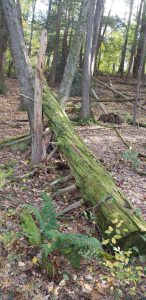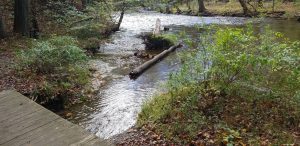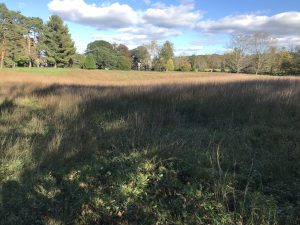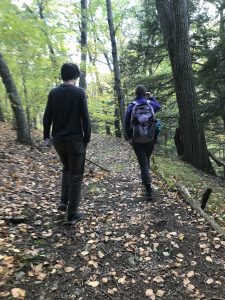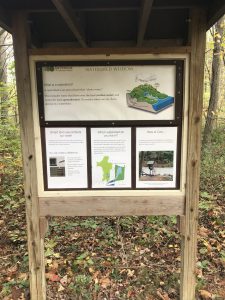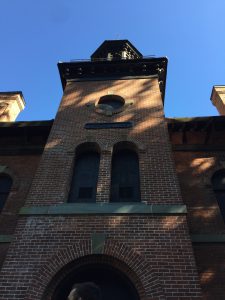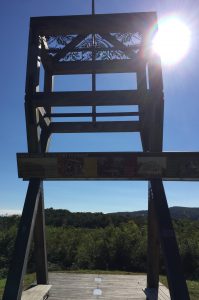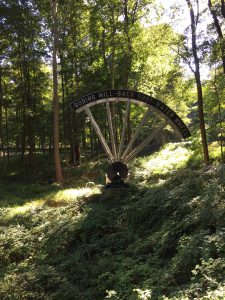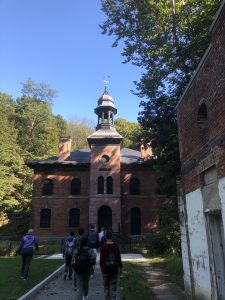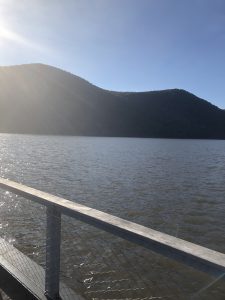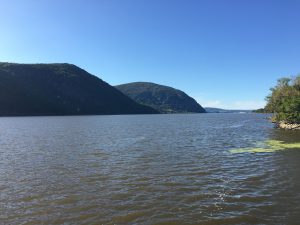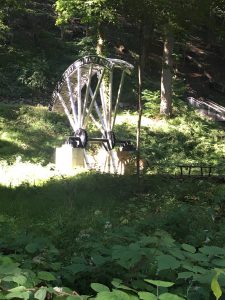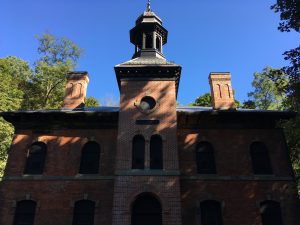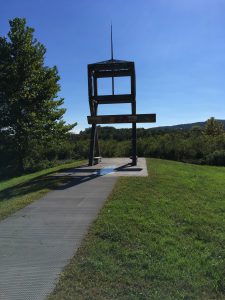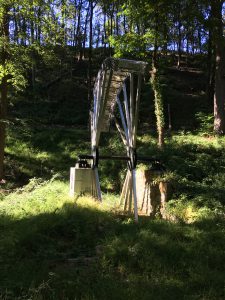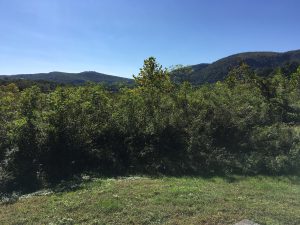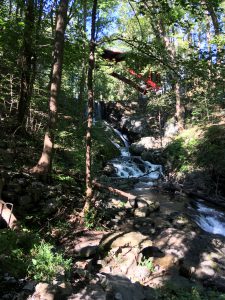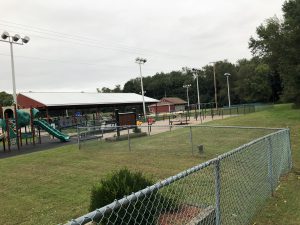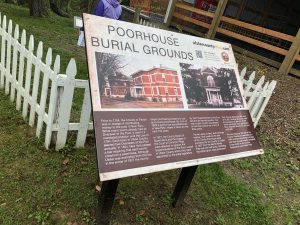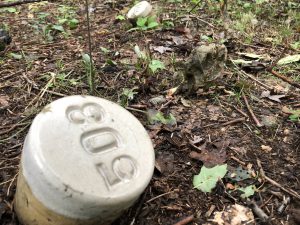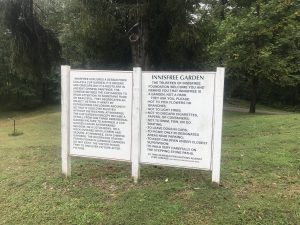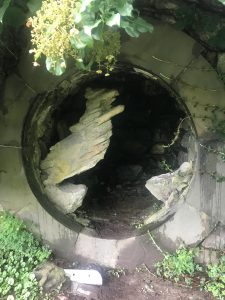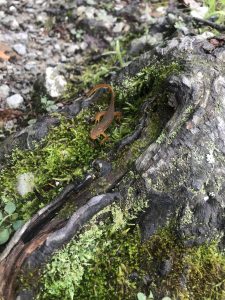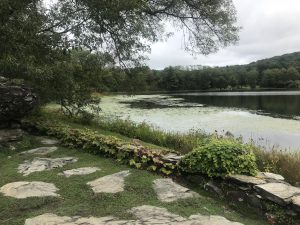In the 1600s and 1700s, the concept of poorhouses was brought over to America from England. Meant to house the poor and mentally ill – essentially anyone that couldn’t work or who wasn’t normal – these government-run facilities often had very low-quality living conditions and treated its people less than well. These poorhouses were meant to be self-sustaining, often built on farmland, where residents were taught how to be a “good American” by contributing to the work force of the community. Upon arrival, people’s personal items were taken from them, and their identities were lost, often never to be reclaimed. When folks passed away, their families and local people, not to mention the poorhouse administrators, didn’t care enough to offer a proper burial. As a result, hundreds of bodies can be found in the backyard grounds of these institutions, even long after the institutions have been demolished.
Last week, we were able to see the remains of an old poorhouse burial ground in Ulster County. Now public fairgrounds, the land still likely holds the bodies of hundreds of people that once resided in the poorhouse, though nearly nothing at the immediate site indicates their presence. With the farm houses still around to host county fair activities, and with a new swimming pool and playground complex that has been built right next to the burial grounds, it seems as if this piece of land is just like any other.
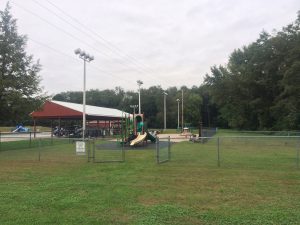
Ulster Country poorhouse playground
The only visible marker left behind is a single stone slab reminiscent of a headstone. This makes us question: why is there only one, and who did it belong to? Who were the other people buried, and why were they undeserving of remembrance? Although this stone slab is the only strong visual marker that this space may be a burial ground, archaeologists have been able to point out the slight depressions in the ground, indicative of collapsing coffins or decomposed bodies. This eeriness is only contributed to by the fact that a playground with fences dug deep into the ground looms immediately over the ground’s depressions. Much further away from this site lies a plaque and more formal gravestone commemorating Rebekah Maclang Brower, likely the caretaker’s daughter. This speaks enormously to the types of people remembered.
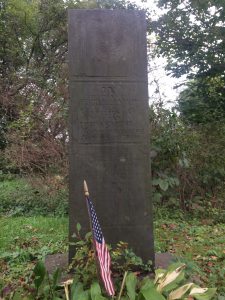
Rebekeh’s Headstone
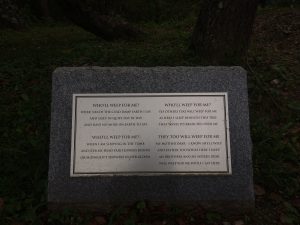
Plaque by Rebekah’s Headstone
This week, our class visited a second poorhouse burial ground, this time in Dutchess County. Similar to that in Ulster County, only one headstone is present among the 800 people buried here, although this one exists hidden and tucked away. This burial ground differs drastically though, in that forestry was permitted to completely take over the burial ground, making the site look like an overgrown piece of nature rather than a developed and manicured lawn like that in Ulster County. The depressions in the ground here are much more visible and deep, making it clear that hundreds of people are indeed buried here, or perhaps some of their bodies were exhumed.
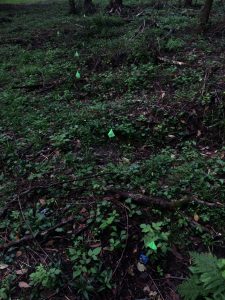
Depressions in the Ground
Cylinders engraved with numbers mark many of the graves, though none of them are named with more than a number.
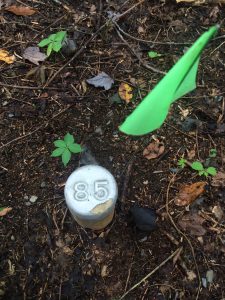
Cylindrical Grave Markers
The Department of Public Works is trying to make an effort to bring awareness to this space while hoping to transform the land into a proper cemetery by uprooting the trees and creating manicured lawns. The Department has recently received a proposal for an Eagle Scout project to commemorate 115 of the graves with long wooden stakes. However, it’s clear that nearly 7 times this amount of bodies are present, and striking wooden posts into the ground appears to be more invasive than anything else, while potentially useless if names aren’t identified to commemorate these people by. Perhaps by offering a bench for contemplation about the lives of these people and the institutional history that has contributed to their erasure would serve a better purpose, even if still in the midst of the forest’s overgrowth.
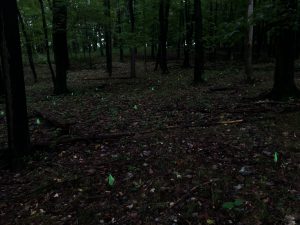
All the green flags indicate gave sites
These bodies are those of people who resided at the poorhouses, but also include unidentified and unclaimed people found dead in the region, as well as people considered not sacred, such as babies not yet baptized. Society has deemed them as unimportant by simply allowing their bodies to collect like this, abandoned and forgotten, and it is imperative that we make an effort to return honor to these people in death, because they never had it in life.
